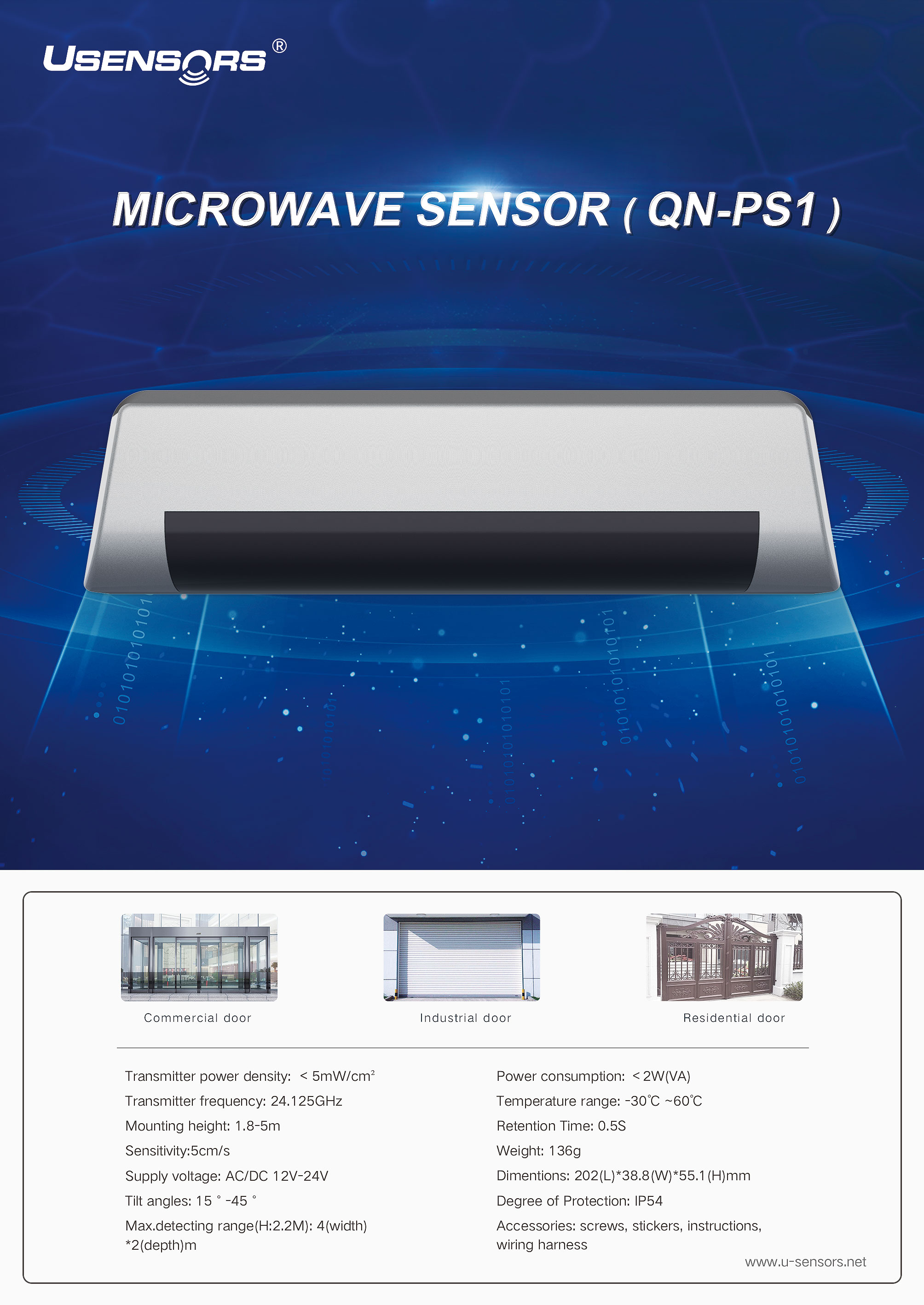What safety features are integrated into the sensors to ensure user protection?
In today's rapidly advancing technological landscape, sensors have become an integral part of our daily lives, driving innovations in various industries. From smart homes and wearable devices to autonomous vehicles and industrial machinery, sensors play a crucial role in collecting data and enabling automation. While these sensors offer numerous benefits, they also raise concerns about user safety and privacy. To address these concerns, manufacturers have been incorporating various safety features into sensors to ensure user protection. In this article, we will explore some of the key safety features integrated into sensors.

1. Data Encryption
One of the foremost concerns when it comes to sensor technology is data security. Sensors often collect sensitive information, and it's crucial to protect this data from unauthorized access. To address this issue, modern sensors are equipped with robust data encryption mechanisms. Data is encrypted both during transmission and storage, making it extremely difficult for hackers to intercept or decipher the information. This not only safeguards the user's data but also protects their privacy.
2. Privacy Filters
Privacy is a growing concern in the age of smart devices and the Internet of Things (IoT). Many sensors are designed to capture information from the environment, and sometimes this data can inadvertently capture private or personal information. To prevent this, manufacturers have started integrating privacy filters into their sensor technologies. These filters allow users to define specific criteria for data collection, ensuring that their privacy is respected.
3. Access Control and Authentication
In the context of industrial and critical applications, unauthorized access to sensor systems can have severe consequences. To mitigate this risk, sensors are often equipped with access control mechanisms and user authentication processes. Users must go through a secure login process, and only authorized personnel are granted access to the sensor data. This prevents unauthorized users from tampering with or exploiting sensor systems.
4. Redundancy and Fail-Safe Systems
In critical applications, sensor failure can lead to catastrophic consequences. To ensure user protection in such scenarios, sensors are often equipped with redundancy and fail-safe mechanisms. Redundancy involves having multiple sensors for the same task, with the ability to switch to a backup sensor if the primary one fails. Fail-safe systems are designed to safely shut down the sensor in case of a malfunction to prevent any further harm or damage.
5. Overload and Overheating Protection
In many industrial and automotive applications, sensors are subjected to harsh environmental conditions. Overloading or overheating can occur, which can damage the sensor or pose safety risks. To address this, sensors are integrated with protection mechanisms that can detect these conditions and trigger appropriate responses, such as shutting down the sensor or sending alerts to the user.
6. Signal Integrity Monitoring
Sensor data accuracy is critical in many applications, including medical devices and autonomous vehicles. To ensure user protection in such cases, sensors are equipped with signal integrity monitoring. This feature continuously checks the sensor's performance and data quality, alerting the user if any anomalies are detected. This proactive approach helps prevent potential safety hazards.
7. Cybersecurity Updates
Cybersecurity threats are constantly evolving, and sensors must adapt to these changes to ensure user protection. Many sensor manufacturers provide regular firmware updates that address new cybersecurity threats and vulnerabilities. This ensures that the sensors remain secure throughout their lifespan.
Conclusion
As sensors continue to proliferate in various aspects of our lives, ensuring user protection has become paramount. Manufacturers are committed to addressing safety and privacy concerns by integrating a range of safety features into their sensor technologies. These features include data encryption, privacy filters, access control, redundancy, fail-safe mechanisms, protection against overloading and overheating, signal integrity monitoring, and cybersecurity updates. By incorporating these safety features, sensors are not only making our lives more convenient but also safer and more secure. As technology continues to advance, we can expect to see even more robust safety features integrated into sensors to protect users and their data.







